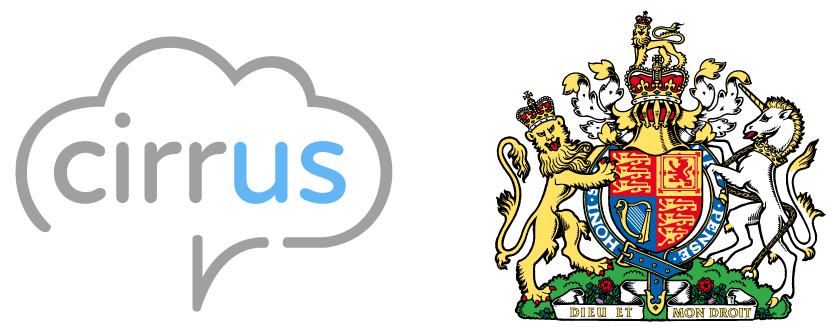Providing seamless, personalised customer experiences is crucial for contact centres today. However, siloed systems and disjointed data make this difficult. An identity layer that connects channels, agents, and tools is key to overcoming these obstacles. In this post, we’ll explain what an identity layer is, why it’s important for contact centres, and how to leverage it for seamless customer engagement.
What is an Identity Layer for Contact Centres?
An identity layer refers to a centralised database that stores and manages customer profile data from across your technology stack. This includes data like:
- Contact details (name, phone numbers, emails, etc.)
- Communication channel preferences
- Purchase history
- Support case info
- Product usage data
- Marketing opt-ins
The identity layer connects this data to all the applications and tools your agents use – CRM, knowledge base, chat tool, call centre software, etc.
It acts as the “source of truth” for customer data, rather than having information siloed in different systems. Agents get a holistic view of each customer from one place.
An identity layer also manages agent profiles. It stores agent skills, roles, and access privileges and connects them to routing tools, knowledge bases, and other applications agents need.
Why Identity Layers Improve Customer Experiences
Siloed systems and disjointed data make delivering seamless, personalised support very difficult.
Without an identity layer, agents waste time toggling between applications to get a complete view of the customer. Or worse, they engage customers without necessary background context.
This results in frustrating experiences like:
- Repeating information across channels
- Recommending irrelevant products
- Providing incorrect troubleshooting steps
- Asking redundant security questions
An identity layer eliminates these issues by connecting relevant customer data to all touchpoints. So at every step, agents have just-in-time context to personalise the experience.
Increased Personalisation
A unified identity database enables you to track channel preferences, previous purchases, and other data points. Agents can use this for hyper-personalised interactions.
For example, routing calls to agents based on past purchase history or reminding chat customers of products they showed interest in.
Improved Omni-channel Orchestration
Smooth hand-offs between channels requires customer context to carry over. An identity layer shares relevant data across channels to maintain context.
So customers don’t have to repeat information when switching from chat to phone support. Or when accessing knowledge base articles referenced in email.
Enhanced Self-Service Experiences
Personalised self-service also depends on customer data integration. Chatbots need to know who the customer is and their history to provide relevant solutions.
An identity layer that connects customer profiles to AI tools enables more tailored conversational experiences.
How an Identity Layer Benefits Agents
Identity layers don’t just improve customer experiences. They also make agents more efficient by removing friction:
Faster Access to Customer History
No more toggling between applications to piece together customer information. An identity layer serves a complete customer profile directly within the agent desktop.
This reduces handle time by eliminating duplicate questioning and searching through systems. Agents can resolve issues faster with rapid access to account details.
Increased First Contact Resolution
With an identity layer, agents have all the context needed for comprehensive support on the first interaction. Whether via email, web chat, or social messaging.
This increases first-contact resolution rates, reducing repeat inquiries and customer frustration.
Improved Skill-Based Routing
Agent identity profiles in an identity layer enable more nuanced routing. Customer inquiries can be matched to agents based on specific product knowledge, past issues handled, specialty skills, and more.
This ensures customers get to the best-equipped agent quickly rather than being passed around or stuck in general queues.
Enhanced Compliance and Security
Centralised access management and audit logs in the identity layer improve compliance. Agent permissions and security policies are handled in one system rather than across fragmented tools.
Personalised Agent Desktops
UI widgets and layouts can be configured based on agent groups and roles defined in the identity profile. This creates a more tailored desktop experience for each agent.
Key Features of an Identity Layer
Now that we’ve covered the value of an identity layer, let’s look at some key features you should look for in a solution:
Unified Customer Profiles
This consolidates data from all systems into a “single source of truth” for customer accounts. Profiles should combine identifiers, channel preferences, conversation history, purchases, and other engagement data.
Centralised Access Management
The identity layer should handle agent authentication, permissions, and application access in one place. This makes compliance and security easier to control.
Flexible Integration Options
Look for open APIs, webhooks, and extensive out-of-the-box integrations. The identity layer should easily connect to your existing CRM, ticketing system, communication channels, and other apps.
AI-Powered Insights
Leverage machine learning on the unified customer data to uncover more personalised experiences. Identity layers with AI capabilities provide predictive recommendations and next-best-actions.
Omni-channel Engagement Tools
Communication channels like email, live chat, SMS, and social media should integrate natively with the identity profile data for seamless cross-channel experiences.
Customer Identity Graph
Visual relationship mapping between contacts, accounts, and other resources helps agents quickly understand customer hierarchies and access linked information.
Start Connecting the Dots in Your Contact Centre
Delivering the seamless, personalised experiences customers expect today requires breaking down data silos. An identity layer acts as the connective tissue across channels, agents, and technologies.
Unifying your customer profiles and agent data into one place jumpstarts omnichannel orchestration, self-service personalisation, and tailored agent desktops.
To learn more about implementing an identity layer in your contact centre, download our free guide. It covers best practices for connecting tools, managing compliance, and balancing personalisation with privacy.




